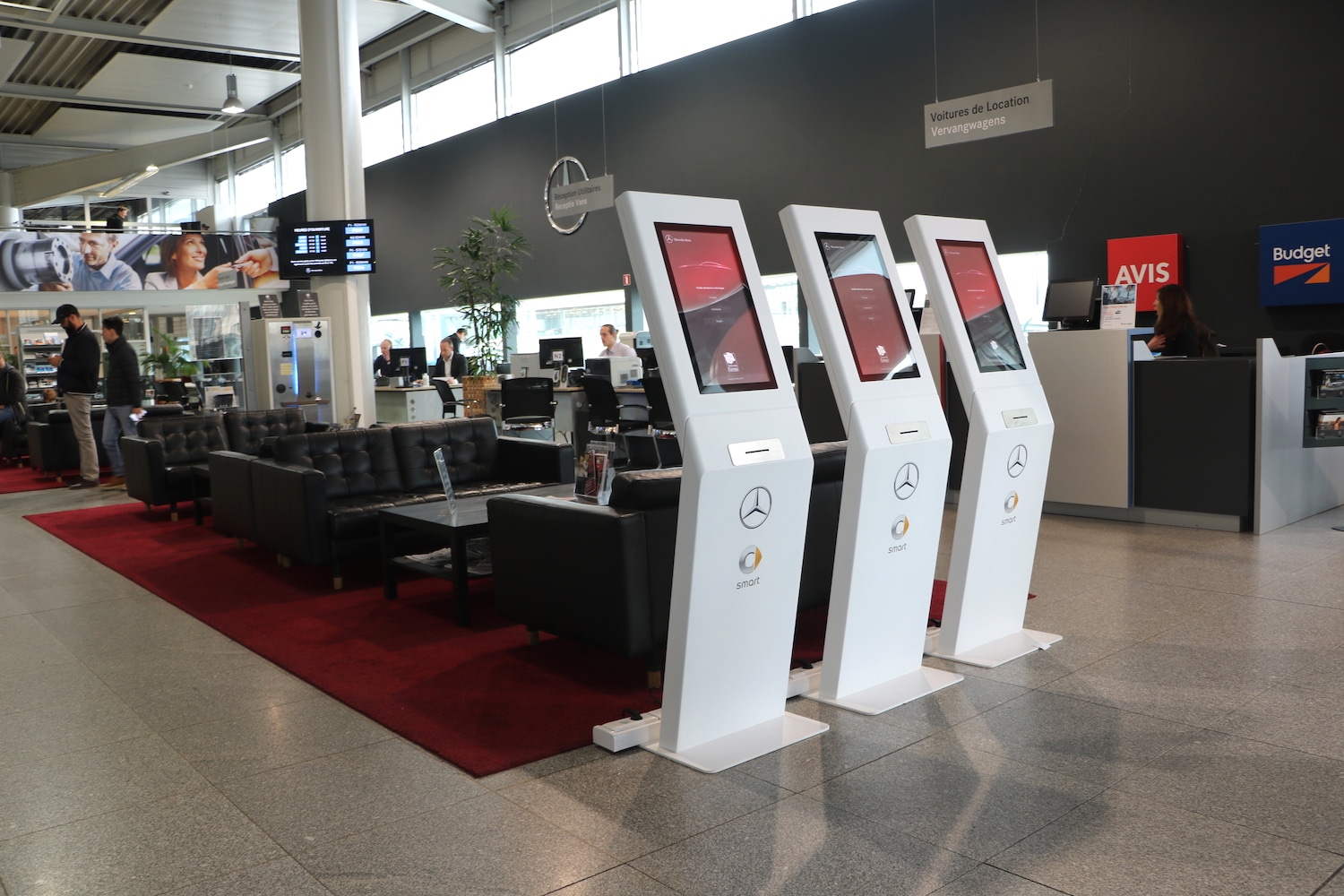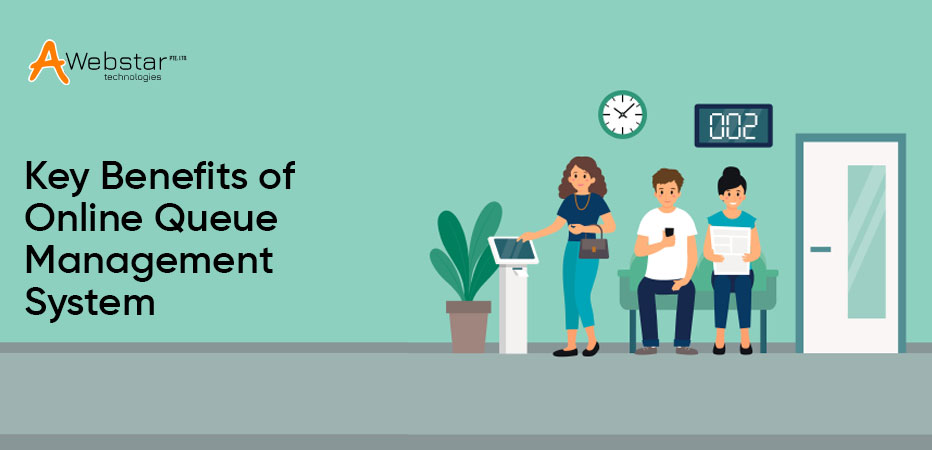

Happier employees: Workers who aren’t getting barked at or wasting their time managing a chaotic queue become more engaged with their jobs.They perceive waits to be shorter (and often, a virtual queue can shorten wait times) and aren’t as cranky with staff when they’re being served. Happier customers: People who are given an option to wait their turn from wherever they want suffer less anxiety.The area where a physical queue normally would be is no longer a place that shoppers avoid. Better traffic flow: Without dozens of people crammed into a certain space, customers more easily move about the store.Virtual queues offer many advantages to modern business, including: These challenges and others have organizations considering if a virtual queue management system is a more efficient choice. The queue becomes difficult to navigate and impedes other shoppers-and as much as we want to believe in the goodness of our fellow humans, line jumping can be a big problem when the queue is all over the place. Unstructured queue lines can descend into chaos if they stretch too far.Employees who need to pull themselves away from their normal duties to manage the line are less efficient.Plus, they take up space that could otherwise be used for more retail displays.

Queue lines may interfere with the flow of traffic through and around the area.Customers may really hate waiting, to the point the line causes anxiety, which can turn them into less-than-enthused customers or drive them to leave without making a purchase.The challenge becomes making the waiting experience as easy and safe as possible, which is difficult with these pain points: In many locations and for many businesses, queue lines are necessary, no matter how much people don’t like waiting. A virtual queue enables customers to secure a place in line via a kiosk or smartphone, then return when a notification on their phone tells them their turn is next. This sounds unwieldy-and often, it is-but for some businesses, it can make more sense to go with an unstructured queue.Ī third option is quickly becoming more popular, particularly during a pandemic in which people are hesitant to be in close proximity to each other.

Customers essentially form the queue on their own. In an unstructured queue, people still wait in line, but there is little or nothing defining that line. People follow an orderly path until they arrive at the front of the line for their turn to be served. A structured queue is often defined by barriers, such as movable stanchions or permanent fixtures, that assist in creating crowd control. Physical queue lines are generally divided into two types: structured and unstructured . And often, these lines need to be managed. From restaurants to schools to churches to COVID-19 vaccination sites, people wait in queue lines in myriad settings.


 0 kommentar(er)
0 kommentar(er)
